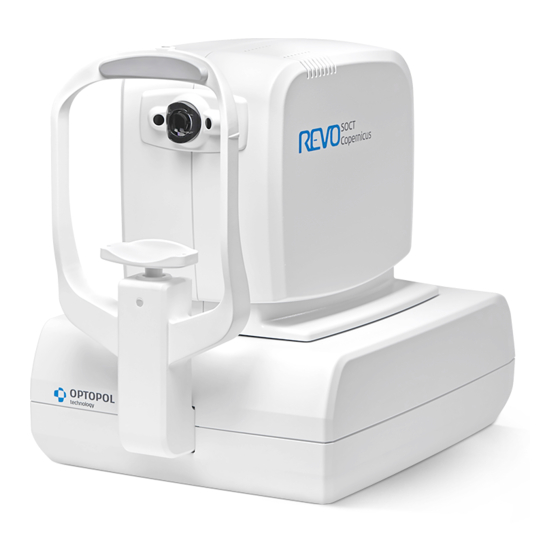
Optopol SOCT Copernicus REVO Service Manual
Hide thumbs
Also See for SOCT Copernicus REVO:
- Installation and upgrade manual (69 pages) ,
- User manual (374 pages) ,
- User manual (132 pages)
Table of Contents
Troubleshooting











Need help?
Do you have a question about the SOCT Copernicus REVO and is the answer not in the manual?
Questions and answers